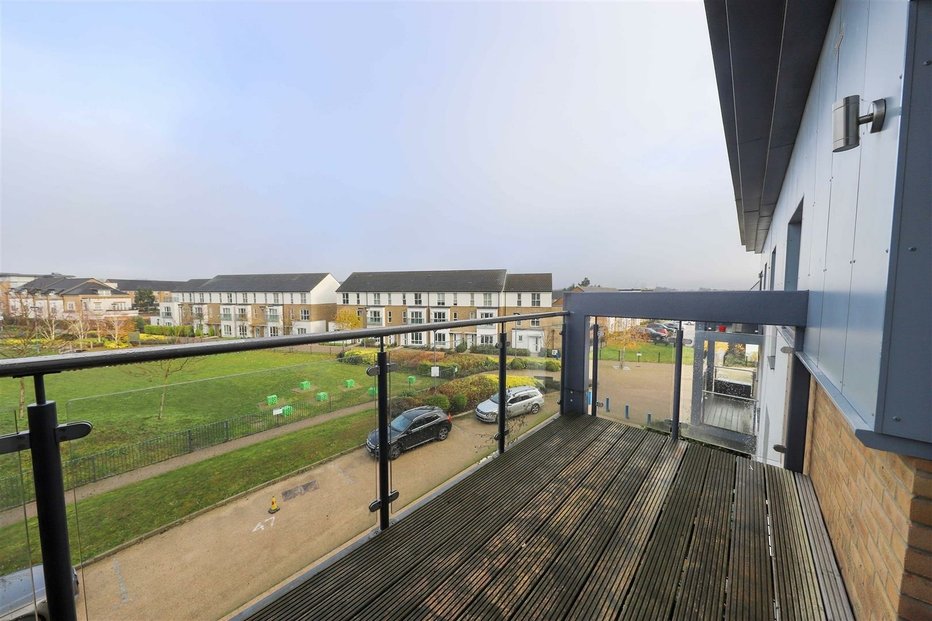Investors looking at residential property are increasingly looking at alternative real estate such as multi-family housing, retirement housing and student markets, according to new research.
Global student housing investment volumes in particular have risen 87% in the last five years, says the study from international real estate firm Savills.
It explains that the maturity of the British and US markets, coupled with low provision yet high demand for purpose-built student accommodation (PBSA), mean that southern European cities offer the strongest opportunities for new investment in the sector over the coming year.
But global need for multi-family, co-living and retirement housing offers opportunities across all jurisdictions, and are particularly under invested asset classes in the UK, it also points out.
Indeed, the provision of PBSA is highest in the UK where 27% of all students can be accommodated, and lowest in southern Europe. In Italy, Europe’s fourth largest student market, the national provision rate is less than 5%.
Analysing city by city data from StudentMarketing, an independent provider of student housing and micro living research and data, Savills has identified that provision is lowest in Rome, with a student population of 220,500, but only 6,500 student beds, a provision rate of just 3%, followed by Porto at 3.5%, Florence at 3.8%, Barcelona at 4.9% and Madrid at 5.7%.
These cities therefore offer the best immediate opportunities for investors, says Savills, as many have strong international student populations, indicating a solid supply base, and high average PBSA rents.
‘Italy’s proving to be an attractive market for investors where supply is low and the existing quality of accommodation is dated,’ said Marcus Roberts, director of residential capital markets for Europe at Savills.
‘Demand is strong, but limited comparable product reflects the emerging nature of PBSA, and the market is not yet fully tested. Spanish and some Portuguese cities are also characterised by extremely low levels of supply against high demand and strong rental growth,’ he explained.
‘We’re seeing private equity investors particularly active at the moment in the Iberian market. In fact Spain has seen record investment volumes in PBSA in the past 12 months,’ he added.
According to Samuel Vetrak, chief executive officer of StudentMarketing, in terms of overall trends, student housing in Europe is widely considered as an established asset class with enough liquidity.
‘There is a growing number of investors, including foreign and institutional ones, that see investing in student housing as an ideal way to diversify their portfolio and get higher yield rates than in traditional asset classes,’ he said.
‘In addition, investors appreciate the fact that student housing is considered as a recession resilient asset class as the number of international students has grown constantly, even during the crisis a decade ago,’ he added.
Savills says PBSA saw another record year in 2017, with $17.5 billion invested globally, up 4% from $16.9 billion in 2016. The UK and Western Europe accounted for over half of this investment at 51% or $8.9 billion, a 35% increase from the $6.6 billion invested in 2016. The UK, Germany and Spain were the most active single country PBSA markets in Europe.
Savills also highlights the movement by some student housing operators into the multi-family and co-living sectors and the opportunities this opens up for investors looking to spread risk across several different asset types.
Multi-family investment across eight major European markets exceeded €27 billion last year, still a fraction of US volumes, but up 19% since 2013. Sweden, The Netherlands, Denmark and Germany have established institutional residential markets, offering the most liquid market conditions for trading.
‘As management quality has improved and operators have strengthened their brands, and with many markets under-supplied of professionally-managed private rental stock, providers such as The Fizz and Milestone are delivering a new product to satisfy demand,’ said Roberts.
‘In the UK, multi-family is still a young sector with total investment volumes at £2.6 billion in 2017, just 18% of Germany’s volumes but up 20% on 2016. Last year 70% of deals were forward funding and forward purchase deals. The focus on the development of new stock is likely to fuel future transaction activity,’ he added.
















Having bought through Cameron, i felt they kept me update to date with everything that was going on. There was no hassle arranging viewings, and they helped me all the way through the process. Good, efficient service. Will definitely recommend!
... read more